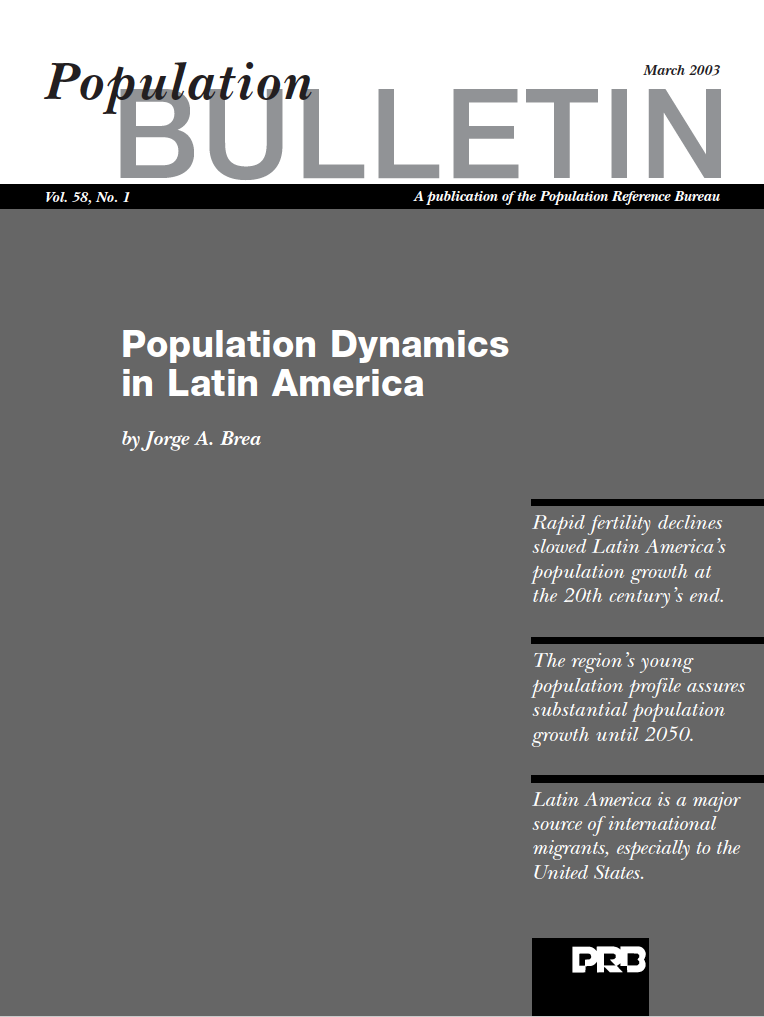496 Search Results Found For : "population"

The Enduring Impact of the U.S. Baby Boom on Race and Ethnicity
(2010) Racial and ethnic minorities make up a growing share of the U.S. population—35 percent in 2009, up from 31 percent in 2000, according to new population estimates from the Census Bureau.
U.S. Racial/Ethnic and Regional Poverty Rates Converge, but Kids Are Still Left Behind
(2007) New poverty estimates from the U.S. Census Bureau's Current Population Survey show that about 36.5 million Americans—12 percent of the population—lived in poverty in 2006. While poverty rates continue to vary widely by subgroup and region, longer-term trends point to a growing convergence in poverty levels among minority groups and for people living in different parts of the country.1
An East Africa PHE Network Takes Root
In November 2007, an East Africa Population, Health, and Environment (PHE) network took shape at a conference convened by the Population Reference Bureau (PRB) and LEM Ethiopia, the Environment and Development Society of Ethiopia.
The BRIC Countries
(2012) For some time now, Brazil, Russia, India, and China have been grouped together under the acronym BRIC. The BRICs are described as countries at the same stage of economic development, but not yet at the point where they would be considered more developed countries. The BRIC position argues that, since the four countries are "developing rapidly," their combined economies could eclipse the collective economies of the current richest countries of the world by 2050.

Rethinking Age and Aging
(December 2008) According to the United Nations (UN), "Population ageing is unprecedented, without parallel in human history and the twenty-first century will witness even more rapid ageing than did the century just past."
Politics and Science in Census Taking
(2003) A census is inevitably a blend of politics and science — politics because power and money are linked to how many people live where, science because the technically complex undertaking draws on many scientific disciplines.
